Delta Force vs. Special Air Service (SAS): How do they compare?

Within the world of special operations, there is a wide variety of highly capable and elite units that each bring something unique to the table. But what we consider modern day special operations had to come from somewhere - and it may surprise you to learn that nearly every SOF unit, to some extent, can trace its lineage back to the United Kingdom’s Special Air Service (SAS), widely recognized as the oldest modern SOF unit. One such unit that is heavily modeled off the SAS is Delta Force, an elite Tier One special mission unit of the U.S. Military.
That begs the question, just how similar are Delta Force and the Special Air Service? Is one better than the other? What sets them apart? And, most importantly, what do they do?
TABLE OF CONTENTS
DELTA FORCE VS. SPECIAL AIR SERVICE (SAS): HISTORY
DELTA FORCE VS. SPECIAL AIR SERVICE (SAS): PRESENT DAY CAPABILITIES
DELTA FORCE VS. SPECIAL AIR SERVICE (SAS): ORGANIZATIONAL STRUCTURE
DELTA FORCE VS. SPECIAL AIR SERVICE (SAS): TRAINING & SELECTION
DELTA FORCE VS. SPECIAL AIR SERVICE (SAS): CONCLUSION
DELTA FORCE VS. SPECIAL AIR SERVICE (SAS): HISTORY

Founded in 1941 by British Army Officer David Stirling, the Special Air Service was born in the deserts of North Africa during World War 2. Stirling had a daring vision for defeating the Germans in the African theater. His idea involved establishing small teams of parachute-trained soldiers who would insert deep behind enemy lines to gain intelligence, destroy enemy aircraft, and attack supply and reinforcement routes. After pitching his idea to the higher-ups, the creation of the SAS was greenlit, and it was originally formed as L Detachment, Special Air Service Brigade. While the SAS would officially be referred to as a brigade, which is usually made up of around 5,000 men, it would consist of just five officers and roughly 60 men. This was part of the British disinformation campaign with the goal of deceiving the enemy into believing there was an elite paratrooper regiment operating in the area in massive numbers.
With a few growing pains, the SAS would wind up being highly effective in not just Africa, but the Mediterranean and Northwest Europe, taking part in several other key missions and important campaigns in World War 2, such as D-Day.
After World War 2 ended, Britain saw no more use for the Special Air Service and would disband the unit. But this would not be the end for the SAS, as only two short years later they would be called upon by the Brits once again. This time around, the unit would be reformed and begin to lay the groundwork for the modern SAS we know today. The SAS would move on to make a worldwide name for itself by partaking in many high-stakes, global-impacting missions and conflicts, such as the Iranian Embassy Siege, the Gulf War, and the War on Terror. Their famous motto “Who Dares Wins” is a testament to their mentality and work throughout the years, and set a precedent for many others to follow, which is exactly what it did for Delta Force.
Founded in 1977 by Colonel Charles Beckwith, Delta Force would be brought to life after numerous well-publicized terrorist incidents in the 1970s, where the U.S. government concluded it would need a dedicated special operations unit capable of responding to such high-level threat events. Beckwith, having recognized the need to have a special operations group that could counter the changing nature of warfare, was tapped to develop a full-time counterterrorism unit within 24 months.
Considered an impossible task by most, creating a Tier One special mission unit from scratch in such a tight deadline would prove to be no easy feat. But Beckwith had an ace up his sleeve. During his career as a Green Beret, he served alongside the British Special Air Service as an exchange officer, conducting guerilla warfare with SAS operators. Taking a page out of the Special Air Service’s book, he used their selection process and structure as inspiration, and stood up Delta Force with a well-trained team of SOF volunteers. Much like the Special Air Service, Delta Force would move on to take part in a multitude of important missions throughout the world, such as Operation Red Dawn and Operation Black Swan, and build a reputation as one of the world’s most elite special operations forces.
DELTA FORCE VS. SPECIAL AIR SERVICE (SAS): PRESENT DAY CAPABILITIES

In the present day, Delta Force and the SAS have grown and developed in their own ways to be the world’s foremost special operations units. While their capabilities and mission sets may slightly differ, you’ll come to find out that they’re more similar than you think. In fact, both of these units have fought and bled alongside each other, and share a close relationship.
It is well known that the U.S. and UK militaries regularly exchange enlisted troops and officers, but it happens even more so among their special operations forces. SAS operators have served in Delta Force, just as much as Delta Force operators have served in the SAS. So not only can these units kick ass without each other, but they can band together to form some pretty badass teams never seen before. Just look at Task Force Black, a joint U.S.-U.K task force consisting of Delta Force and SAS operators that, among other things, neutralized roughly 3,500 terrorists in a 5 year span in the Middle East.
While much about Delta Force and SAS is shrouded in secrecy, as both the U.S. Department of Defense and UK Ministry of Defence hardly ever talk about these units, there is still some light to shed on their present capabilities and mission sets.
Both are publicly known to conduct missions ranging from counterterrorism, counternarcotics, capturing high-value targets, dismantling terrorist cells, high profile raids, covert operations, training foreign nations’ militaries, and much more. But that’s hardly scratching the surface, because, as you’d expect, it would be impossible to summarize the capabilities of both of these units with just one sentence. Because, let's be real here, these operators are the tip of the spear in SOF.
DELTA FORCE VS. SPECIAL AIR SERVICE (SAS): ORGANIZATIONAL STRUCTURE

The structures of Delta Force and Special Air Service are carefully designed to ensure that their operators are used to the fullest extent possible.
The SAS is composed of four active “sabre” squadrons, which are: A, B, D, and G, respectively, and each of them is made up of around 60 men. Each of the squadrons has four troops, which are the Air Troop, Boat Troop, Mobility Troop, and Mountain Troop. The Air troop is skilled in parachute insertions, the boat troop specializes in amphibious operations, the mobility troop has a mastery of using a variety of vehicles, and the mountain troop consists of expert mountaineers who are trained in disciplines such as arctic warfare.
All in all, these squadrons rotate through roles of counterterrorism, squadron training, strip duty, which means they are on standby to respond to anywhere in the world, and operational deployments.
When you flip the coin to Delta Force, its operators are placed in four squadrons, just like the SAS. These assault squadrons are named A, B, C, and D, respectively. Each of these squadrons has two direct action assault troops, as well as a recon and surveillance troop.
Would you look at that, four squadrons. You’d think that Delta Force was inspired by the SAS or something. Jokes aside, while not much is known about whether Delta Force utilizes its squadrons like an Air, Boat, Mobility, or Mountain troop, it is believed to have an aviation support platoon that operates a small fleet of AH-6 and MH-6 helicopters, which is not to be confused with the 160th SOAR. Additionally, it has a signals squadron and a support squadron.
We also want to note that the Special Air Service has a couple elements that are unique. First, it has its own special units within it that contain a different set of jobs and roles. Some of these are the Counter-Revolutionary Warfare Wing, the Operations Research Wing, and the Revolutionary Warfare Wing. The Counter Revolutionary Warfare Wing is essentially a school that’s designed to teach counterterrorism, and trains each unit before they rotate onto counterterrorism duty. The operations research wing involves SAS operators who work with Ministry of Defense technicians and scientists to evaluate, improve, and develop new weapons, equipment, and capabilities. Interestingly enough, these guys came up with the concept of the flash bang. The more you know!
And last but not least, the Revolutionary Warfare Wing works with the UK’s Secret Intelligence Service and acts similar to the CIA’s paramilitary divisions. This wing typically consists of older operators with a lot of experience.
Before we start comparing the selection processes for Delta Force and the Special Air Service, there’s one more thing about the SAS that’s important to know. Up until now, we’ve pretty much been writing about the 22nd Special Air Service, which is the active duty regiment of the unit. There are also two reserve regiments, which basically consist of part-time members. There is a degree of separation, however, as the reservists’ missions and capabilities slightly differ, as well as the fact that they do not go through as grueling a selection process as their active counterparts do. This is much different from Delta Force, as they do not have a reservist component to them. For those of you reading who wanted to do Delta Force part-time, it just ain’t happening!
DELTA FORCE VS. SPECIAL AIR SERVICE (SAS): TRAINING & SELECTION

Delta Force and the Special Air Service are similar in that, even though they both recruit from every branch of their respective militaries, they tend to mainly recruit from a specific segment. For Delta Force, it's typically Green Berets and Army Rangers. For the SAS, it’s mainly from the Parachute Regiment in the British Army or the Royal Marines.
But whether it's a seasoned SOF operator trying out for one of these units or someone from a conventional force that believes they have what it takes, everyone goes through the same selection process for each of these communities.
SAS’s selection has been known to have an attrition rate of upwards of 90%. We’re sure that speaks for itself, but anyway! SAS selection is a three phase process, whereas Delta Force is a two phase process. Each of these phases presents its own unique difficulties and challenges to conquer.
The first phase of SAS selection is known as “Endurance.” It gets this name because it not only tests a candidate's physical fitness, but also their mental stamina. This phase lasts approximately four weeks, and takes place in the Brecon Beacons. Here, candidates ruck with heavy packs over a series of long distance hikes where they have to navigate between checkpoints. No feedback is given whatsoever by the staff, meaning no one knows how well they are performing. This phase culminates in what is known as the “long drag," which is a 40-mile trek with a 55-pound ruck that must be completed in under 24 hours.
The first phase of Delta Force’s selection is much like the SAS’s. It is also four weeks long and has several day- and night-time courses where candidates must ruck multiple miles with lots of weight on their backs. As they progress through the course, the distances and weights will increase while the time limits decrease. Additionally, they will undergo numerous psychological exams and will be scrutinized by the cadre to see if they’re a good fit. Just like the SAS culminates its first phase of selection, Delta Force finishes its course with a 40-mile ruck march known as “the long walk,” which must be completed in an unspecified amount of time. Candidates will not know if they are selected until the completion of the entire first phase.
Moving onto the second phase of selection, the SAS calls this Jungle Training. Here, candidates will receive weeks of instruction on weapons, tactics, procedures, tradecraft, medical care, and hand-to-hand combat, all in the dense, hot jungles of Brunei, Belize, or Malaysia. The goal of this phase is to weed out those who can't handle the discipline required to keep themselves and their kit in good condition while on long range patrols in difficult conditions.
Delta Force’s second and final phase is known as the Operator Training Course. Candidates go off the grid and receive training with a variety of small arms, sniping and observing, parachuting, close quarters combat, demolitions, VIP protection, tradecraft, and assaults. Once OTC is completed, they will integrate with an assault squadron and begin their first workup with their team.
SAS still has one more phase for its selection, which is known as Escape, Evasion, & Tactical Questioning. Here, candidates return to the UK to receive further training in the world-renowned SAS killing house, where live ammo is used. Additionally, they learn combat driving, how to operate foreign weapons and vehicles, jump training, and then to a combat survival and resistance program, similar to SERE school in the U.S. This is where they learn to escape, evade, and survive with tactical questioning in the event they get captured in the real world. Candidates are let loose, hunted down, and brutally interrogated. If they perform to the instructor’s standards, they will complete training and receive their beige beret and SAS badge.
But let’s be real here: even when Delta Force and SAS operators finish their selection, their training has only begun. Throughout their time in these units, they will constantly sharpen and refine their skills to be the best operators possible.
DELTA FORCE VS. SPECIAL AIR SERVICE (SAS): CONCLUSION

At the end of the day, neither Delta Force nor SAS is “better” than the other. Both have a rich history in warfare, and both offer invaluable assets to the world of SOF and beyond.
Delta Force is a Tier One unit, but it’s not the only Tier One unit in the U.S. Military, there’s actually five of them that fall under JSOC. If you’d like to learn more about the other Tier One units, you definitely have to check out our blog post on them!
If you want to learn more about the military, law enforcement, or government entities, we have a YouTube channel dedicated to providing the best info out there, plus we have a growing list of blog posts as well. Click the links to take you to them!
General Discharge is a veteran-owned, veteran-operated organization that is dedicated to providing the best U.S. Military and Law Enforcement information. With over 250 YouTube videos, over 45 million views, and hundreds of thousands of followers, we have contributed to the success and knowledge of both the current and future generations of service members.
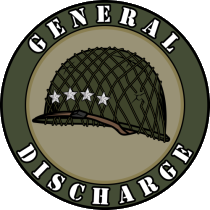
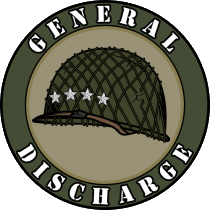
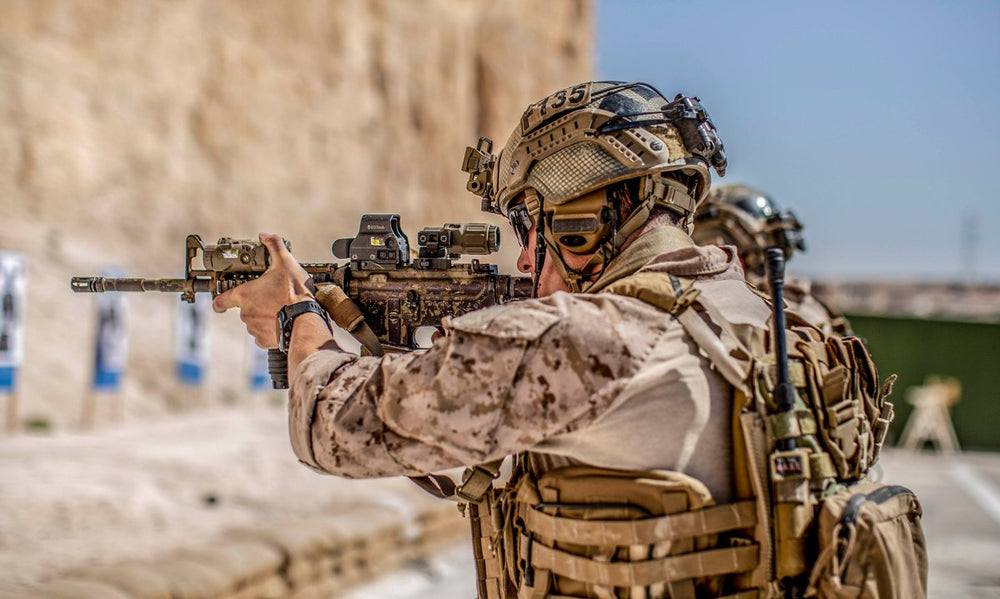
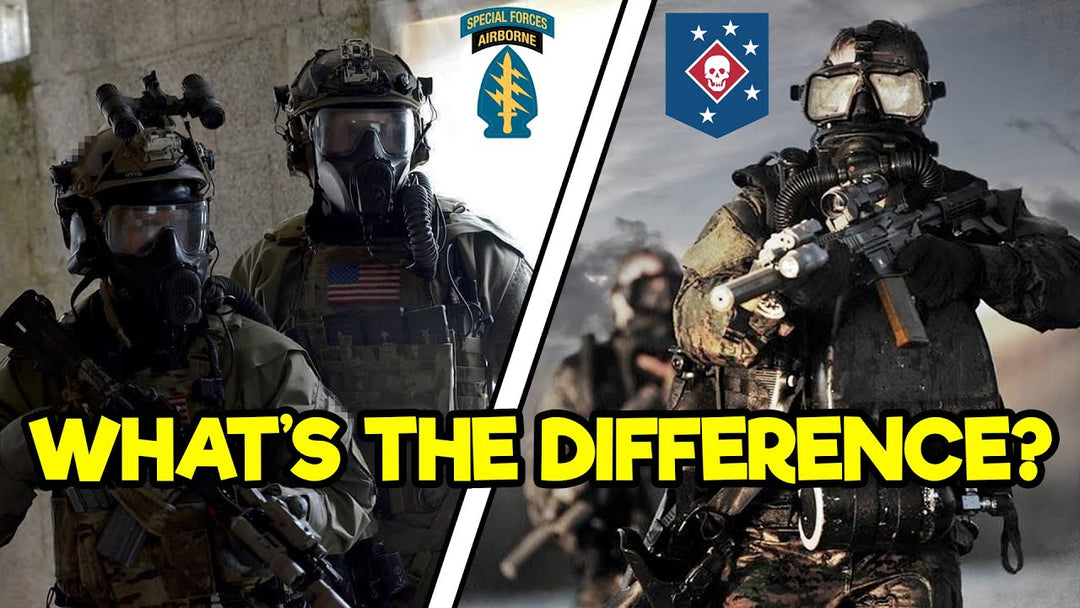
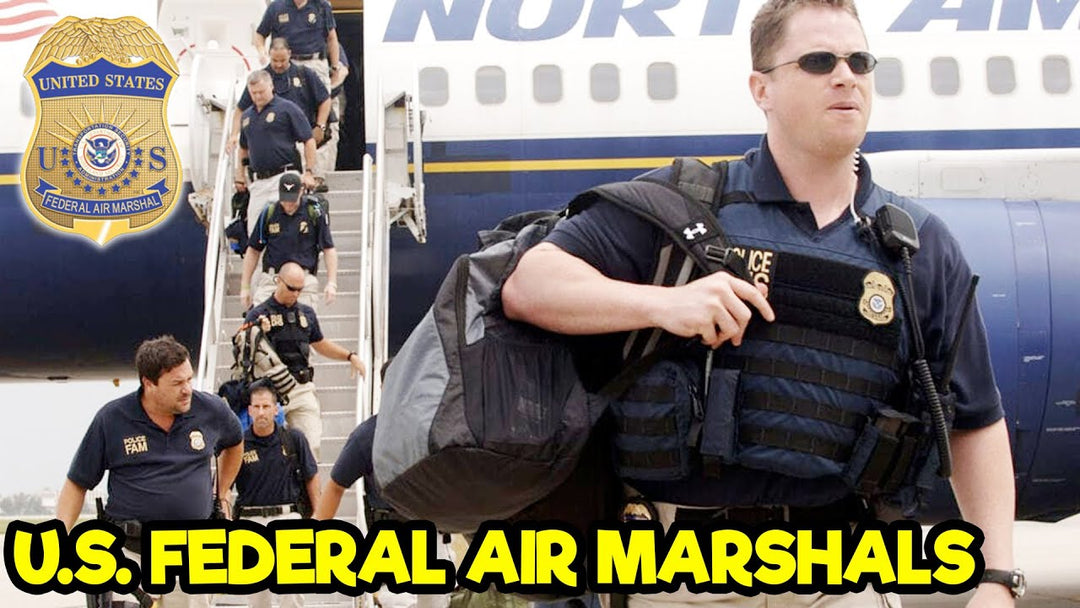
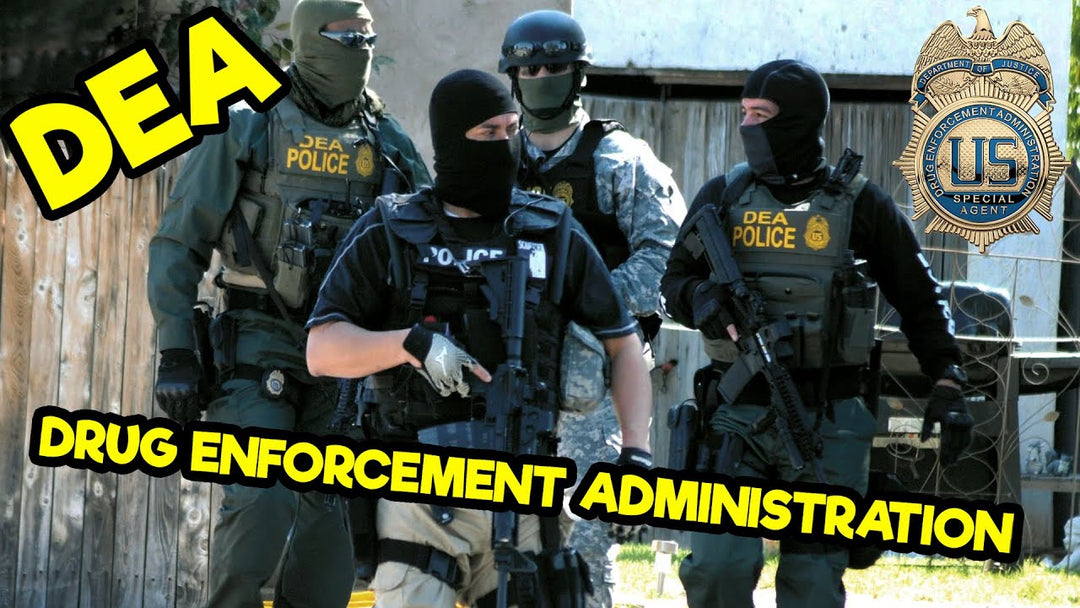
They are besties
Outstanding, dive into two tier#1 units that mirror each other. Both are cutting edge tip of the Spear formidable units for their respective countries as well as for NATO SOF community. Thank you “GD” for your dedication to accurate journalism.
Leave a comment